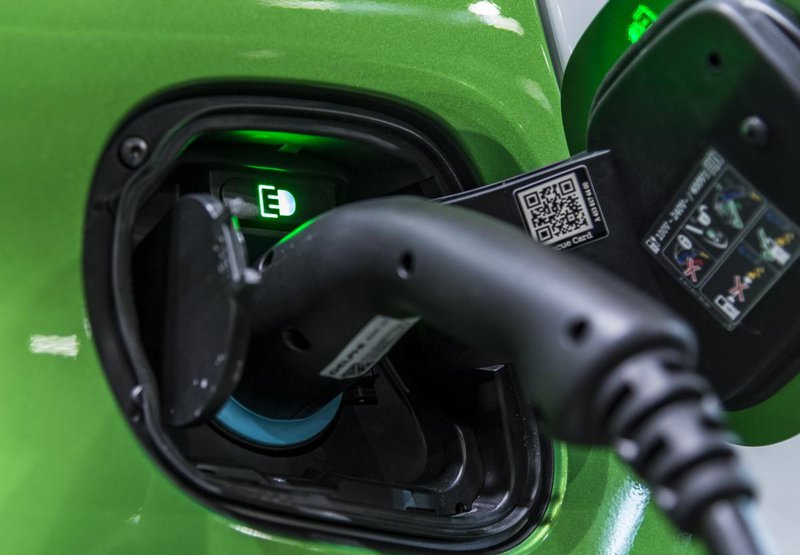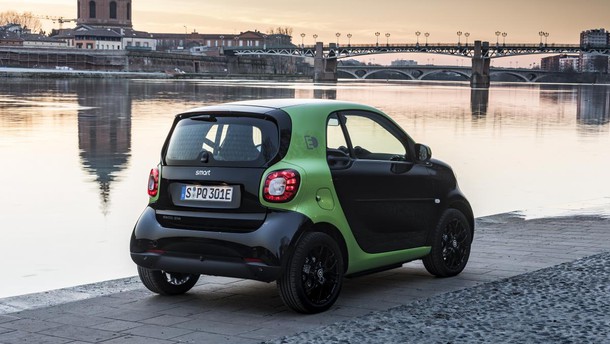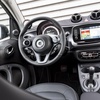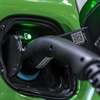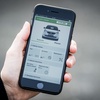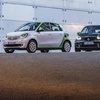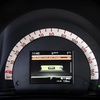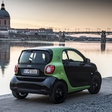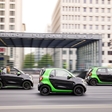
The newly-released Smart Fortwo (available with electric propulsion also as a convertible) and Forfour use the same propulsion technology. They both hold a 17.6 kWh battery that offers an official estimated range of 160 or 155 km (according to the NEDC driving cycle). Although nothing in practice will live up to these estimates, as we experienced after the initial stretch of a few kilometers at the international presentation, you can easily count on covering anywhere between 120 and 130 km of less-than-gentle driving on terrain such as suburban highways and open roads.
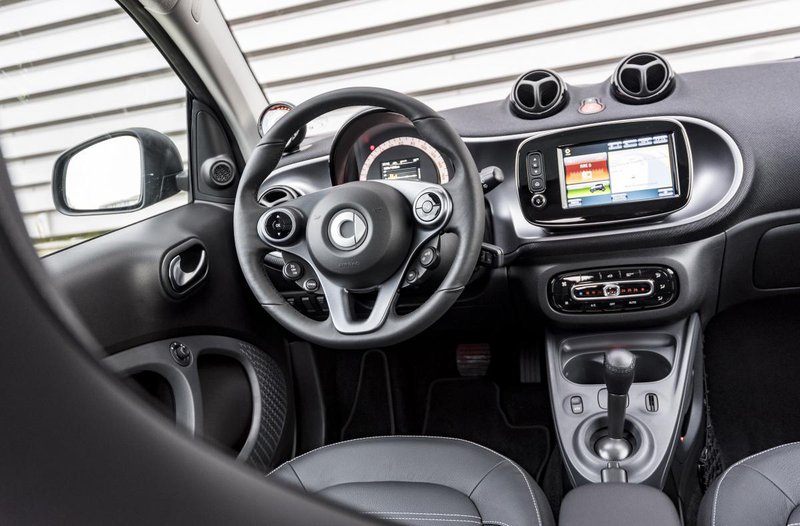
Although the maximum charging rate for both Smart editions is limited to 7.2 kW, the consumers will be given an option of AC fast charging at a 22 kW rate (similar to the one in Renault Zoe) for an extra fee of about a grand. The battery is comprised of 96 LG pouch cells, wherein the difference between gross and net capacity (the total battery capacity vs. capacity used by the car) amounts to only 3%, according to Smart. More importantly, the Smart ED will not thrive with braking on the accelerator alone (like the BMW i3), because its ability to regenerate power is too weak (maximum regenerative power is generally 12–14 kW, or 20 kW at its best). At the end of the day, it came down to the car's stability in poor driving conditions, and customers not liking the idea of a more powerful option. The Smart EDs are also devised to automatically regulate regenerative power by way of a radar that monitors traffic in front of the car.
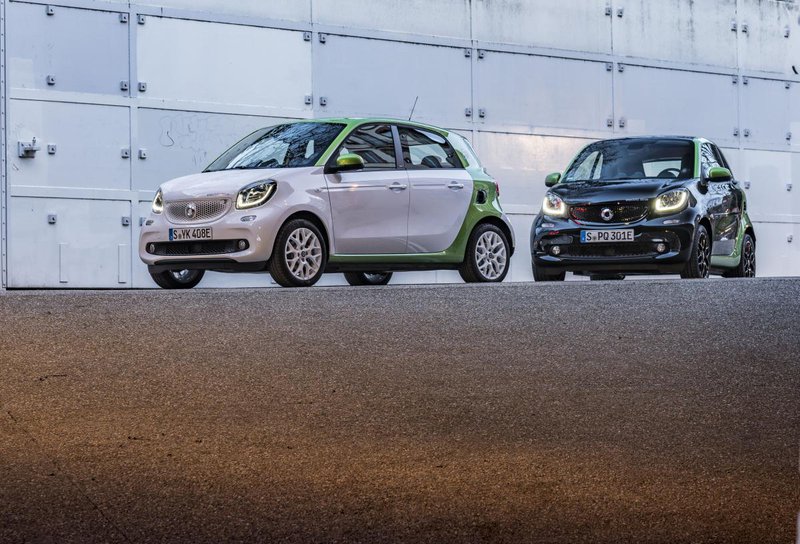
Following the example of other manufacturers of electric vehicles, Smart refused to take advantage of technological advancements, which could increase (or even double) the range, simply because of the price. Thanks to a battery that is nearly the same as in the previous Smart ED (when it was considered progressive), and the drivetrain, which is less hefty (the reason the Smart ED weighs 20 kg less, despite the battery), but significantly more efficient (hence the new 20 km increase in range), the price can be very good, even beyond classically-powered Smarts. The official price lists haven't been released yet for all countries—in Slovenia, for example—but considering the German prices and the pricing policy thus far, we can expect the second generation of Smart vehicles to come in at under 24,000, or rather 16,000 Euros (or less), with the help of a subsidy from the Slovenian Eco Fund--a sum that carries high potential for bringing electric Smarts into many a household or company in Slovenia—a good indication for what other countries can expect.
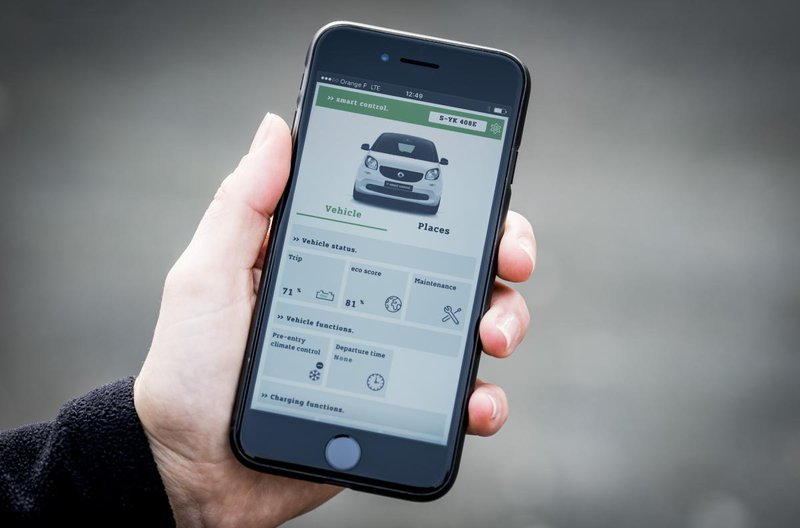
The electric Smarts are about 20 kg lighter than their conventional variants. Some of this derives from a liquid-cooled battery that is 16 kg lighter than its predecessor, and some from the drivetrain(the air-cooled electric motor, liquid-cooled inverter and charger), which is much lighterthan the combination of a conventional engine and transmission.
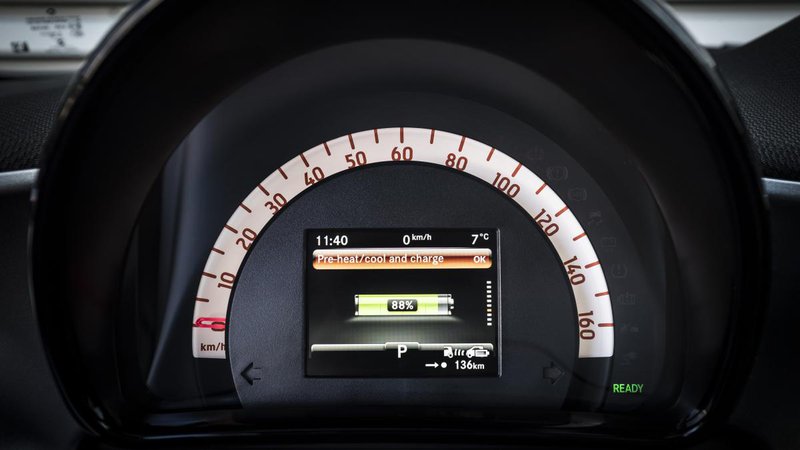
The Forfour Electric Drive is manufactured in the Slovenian Revoz factory in Novo Mesto. Its smaller brother, on the other hand, is put together at the Smart production site in Hambach, France. The battery is in the domain of Daimler's Deutsche Accumotive, while engines, along with inverters, come from Renault.
Technology aside, Smart also focused on pleasing its customers by offering a private car-sharing service that can be especially beneficial to large families or small-scale companies.
